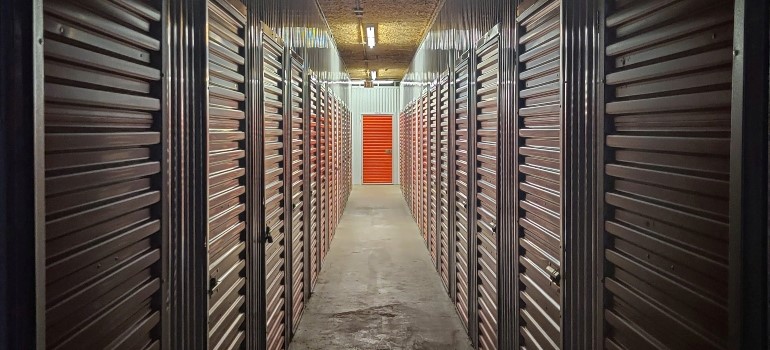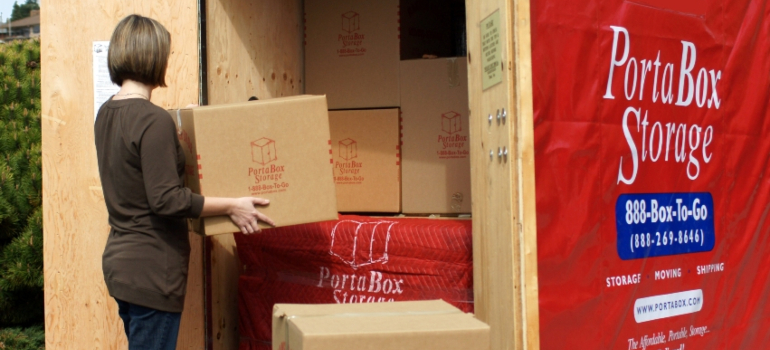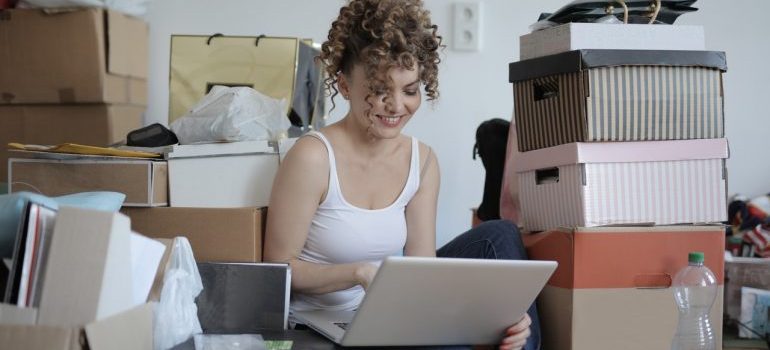Tips for determining the size of storage you need
get a quote
Selecting the appropriate storage size is a critical decision, whether for personal or business purposes. The right choice can save you money, prevent damage to stored items, and ensure optimal organization and accessibility. Too small a storage unit and you risk cramming your belongings, which can lead to damage and loss. On the other hand, excessively large spaces might mean paying for unused square footage. This decision impacts efficiency, cost-effectiveness, and the safety of your items, making it essential to assess your needs for temporary storage in Seattle accurately. Determining the size of storage can guide you in making an informed choice, properly protecting your possessions, and utilizing your financial resources wisely. And it all starts with a simple question.
What size of storage unit do I need?
When considering storage options, it’s essential to start with the basics: the average size of storage units, bins, and containers. These sizes are foundational in choosing the right storage for your needs. For instance, the average size of a storage unit is often calculated in square feet, ranging from small units like 5×5 feet, suitable for a few boxes, up to large options of 10×30 feet or more, capable of accommodating the contents of a full house.
Similarly, when we look at the average size of storage bins you can conveniently put in your self-storage West Seattle unit, these are typically measured in gallons or liters, with common sizes being around 12, 18, and 30 gallons. This variety in sizes allows for precise organization and storage of smaller items.

Containers, on the other hand, might refer to larger, often portable storage options, where the average size of a storage container can vary widely based on its intended use, from small, portable 20-foot containers to larger 40-foot versions for substantial storage needs.
How to determine the size of the storage unit needed?
Determining the right size of storage unit needed is crucial and varies significantly based on your specific situation. Having a clear idea of your needs is essential whether you’re moving, requiring seasonal storage, or looking for business storage Seattle solutions.
Seasonal storage
Seasonal storage, accommodating items beyond just holiday decorations or summer sports gear, requires thoughtful consideration of space. This can also include winter sports equipment, such as skis and snowboards, gardening tools for spring, or even bulky coats and boots that free up closet space in warmer months.
For such varied seasonal needs, the smallest size of storage unit often suffices. These compact spaces, ranging from locker-sized units to small rooms about 5×5 feet, are ideally suited for securely housing items during their off-seasons. This makes smaller storage units an excellent, cost-effective solution for protecting and accessing your seasonal items without cluttering your living space.
Moving needs
When moving, accurately determining the size of storage unit needed is essential. For a single couple, the size of storage for a 1 bedroom apartment typically ranges from 5×10 to 10×10 feet. Here, a Seattle mini storage unit might suffice to comfortably hold your belongings.

Conversely, for a family home, the size of storage unit for 3 bedroom house required is generally larger, with sizes like 10×20 feet or even 10×30 feet being common selections. These dimensions are crucial for ensuring all your items fit comfortably without risk of damage.
Business purposes
For businesses, the necessity for storage can significantly vary, necessitating a precise understanding of the size of storage unit needed. Whether it’s for document archiving or inventory storage, the standard size of storage room can greatly differ. Smaller businesses might find a medium-sized unit sufficient, whereas larger operations could require one or more units of considerable size.
Besides, you should also consider getting professional packing materials for fragile and sensitive inventory. As you can see, the right size of storage containers goes hand in hand with the right packing materials for a safe storage experience. Hence, identifying the specific size of storage room needed for your business is crucial for selecting the most effective and economical storage solution.
Practical guide to determining the exact size of storage unit needed
Determining the right size of safe portable storage units is essential for maximizing efficiency and minimizing costs. This practical guide will assist you in accurately assessing how to determine size of storage unit needed for your situation:
- Inventory Your Items: Start by listing everything you plan to store. For moving, include all furniture, boxes, and personal items.
- Measure Your Items: Once you have a list, measure the larger items. This step is crucial for understanding the space requirements and ensuring everything fits comfortably.
- Consider Access Needs: Think about how often you’ll need to access the storage unit. If frequent access is needed, you might want to allow extra space for aisles or easier retrieval.
- Use Storage Calculators: Many storage facilities offer online calculators. Inputting your inventory can provide a quick estimate of the size of the unit needed.
- Plan for the Future: Anticipate potential growth in your storage needs. Opting for a slightly larger unit now can save the hassle and cost of moving to a larger unit later.
- Consult with Professionals: If in doubt, consult the Newcastle self-storage facility staff. They can offer valuable advice based on your inventory and needs.
Tips for optimizing storage space include using shelving units to take advantage of vertical space and dismantling furniture where possible. Remember, the goal is to find what size of storage unit do I need, not the biggest or smallest unit available.

Finding your perfect space
Determining the size of storage necessary for your cherished belongings, seasonal treasures, or valuable business inventory is a step towards safeguarding what matters most to you. It begins with a detailed inventory of what you intend to store, followed by precise measurements of your larger items. It’s also wise to think ahead, considering what you need to store now and what your future might hold.
Besides, you can always consult storage professionals and try out online moving and packing calculators, which are crucial in achieving an accurate estimation. A careful selection process helps avoid the twin pitfalls of overcrowding and overpaying, leading the way for a solution that fits like a glove. The right storage solution is out there—you just need to take the right steps to find it.
